Pork Fat Rules! Here’s an easy way to render pork fat, complete with video
There are occasions when you’re cooking that nothing can surpass rendered pork fat. You’ll be amazed at how much more flavorful your hash browns are, or any potato for that matter, when cooked in pork fat. Or how robust your sautéed green beans will be. Or delectable your collard greens. Or how flaky your pie crust will be. Or how rich your quail or pheasant will taste when seared in pork fat.
Instead of buying commercially available lard bricks at the store, I prefer to render pork fat myself. You’ll be surprised how easy it is to do, and how long it can keep in the refrigerator in a Mason jar. The key when rendering pork fat is a good relationship with your butcher. This is where Steve, the butcher at Roth’s Vista Market, comes in. Butchers trim fat from cuts of pork daily before packaging the meat for sale. I’ll usually give Steve a call or drop by a few days before I need the pork fat and ask him to save a couple of pounds for me. The last batch cost only about $6 for about two pounds’ worth of fatback, the layer of fat under the skin on the back of the pig, with or without the skin. Unlike organ fat, fatback is firm and white, and readily available from your butcher.
I use a wet method of rendering lard, which makes it less messy but a little time-consuming. The entire process takes about three hours.
You start by cutting the fat into pieces about an inch square. Then dump the fat into a sturdy large pot and add enough water to completely cover the fat. Bring to boil over high heat, then lower to medium and literally boil the oil out of the fat, stirring occasionally. At some point, the water will be completely evaporated from your pot and you’ll be left with oil. You’ll usually hear a sizzling or popping the last of the water is burned off by the hot oil. Lower the flame and keep rendering the last bits of oil out of the pieces of fat, which will have shrunk to about half their original size. You’ll know it’s time to stop when the pieces start to sink and stick to the bottom of the pot.
Turn off the flame, strain and discard the pieces of rendered pork fat. Let the remaining oil cool for an hour before you spoon it through cheese cloth and strain it into Mason jars and put the jars into the refrigerator. The lard should last several months when refrigerated.
Watch the video in the player above for more details.
And remember that saying from Emeril Lagasse: Pork Fat Rules!
— Vic
About the Author (Author Profile)
Victor Panichkul is a journalist and writer by training; a cook, wine lover and photographer by passion; and a lover of the outdoors since moving to Oregon more than 10 years ago. He is a native of Bangkok, Thailand.






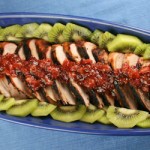
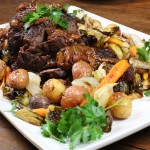
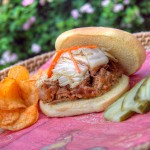
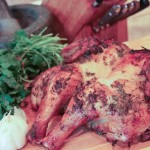
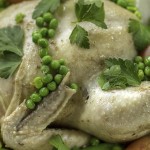

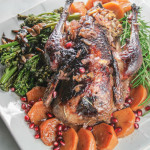
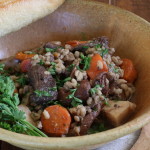
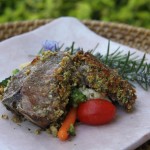
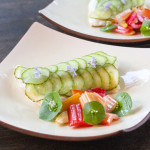
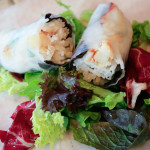


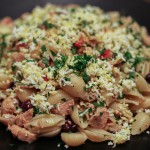

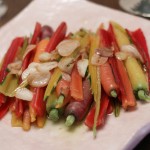
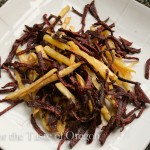

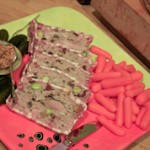
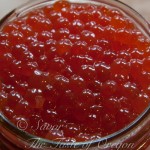
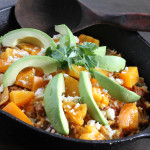

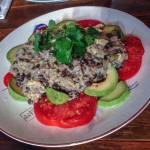

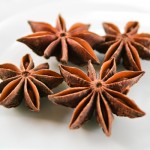






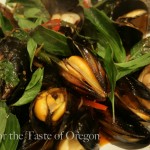
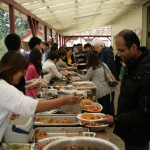
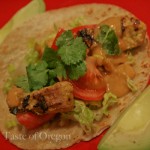

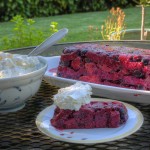
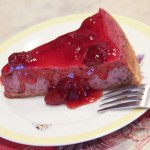

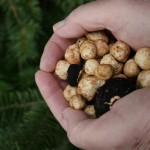
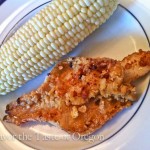

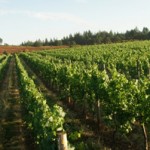
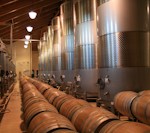
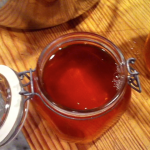
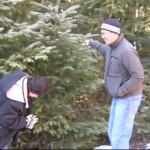

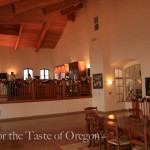

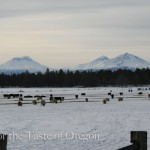
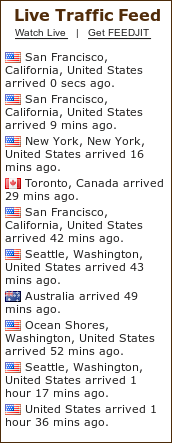




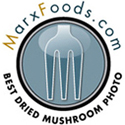
Thanks for your great blog! You are right that the commercial lard sold in supermarkets is bad news. My hat’s off to you for making your own. I wanted to point out, however, that you can get fresh rendered lard at several Mexican meat markets around town. The lard from Salvador’s Bakery on Silverton Road is good and cheap. I also saw good looking lard at Carneceria El Rodeo on N. Portland Road.
Thanks for reading and for leaving suggestions on where we can get good quality lard in Salem! Will have to try one of those places when my lard stash runs out. Happy holidays!
Hi. Last night my husband and I processed a whole pig’s worth of fat (with skin left on) using the above method. We followed instructions but, six hours later, there was still no sign of the fat turning golden and crispy as shown. Instead, a milky mush formed that stuck tenaciously to the bottom of the heavy stainless steel pots. This may have prevented the process from unfolding as expected.
Eventually we scraped out the mush and strained the rest twice (through a sieve). The lard looks good. The mushy stuff is ugly but will keep the dogs fat and warm this winter. Luckily, they are mostly outdoors (and it’s very cold, here) so extra fat is probably good for them.
In previous years we’ve used much less water and the solids became golden and delicious crackling. Too delicious and I’m afraid we ate too much of it.
Anyway, I just wanted to advise that results might not be quite the same with larger quantities than the two lbs of pig fat you processed.
Huge thanks! I have used this method 3 times and it works great. The only thing is my times are a lot longer than quoted…more like 6 hours of cook time. But a great, safe method and the use of pork lard in searing off my meats is AMAZING!!
Huge thanks! I have used this method 3 times and it works great. The only thing is my times are a lot longer than quoted…more like 7-9 hours of cook time. But a great, safe method and the use of pork lard in searing off my meats is AMAZING!!
for places without mexican specialty stores try amish or Mennonite groceries. the Un adulterated lard is usually found in the coolers. the lard bricks on the shelves are Hydrogenated and are no better for you than crisco. they are very unhealthy.
I raise gourmet pasture pork in western Oregon and sell both back fat as well as the highly coveted leaf lard (unrendered). Please visit my website if you’d like to order the highest quality pork and/or misc such as unrendered pork fat. Thanks!